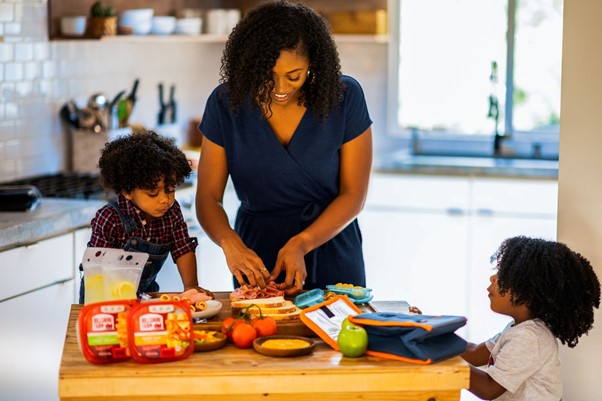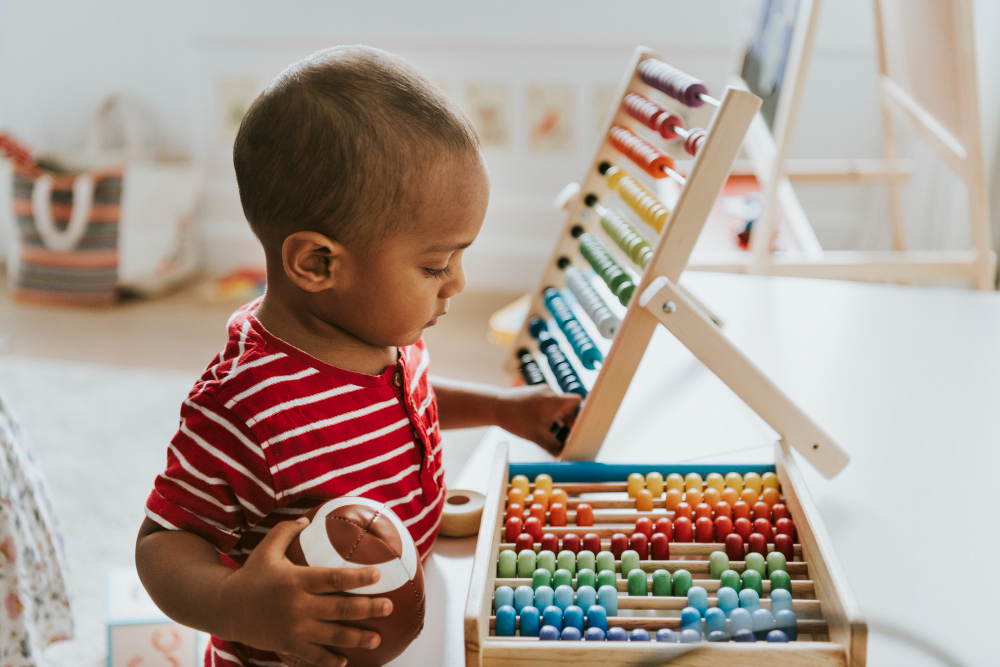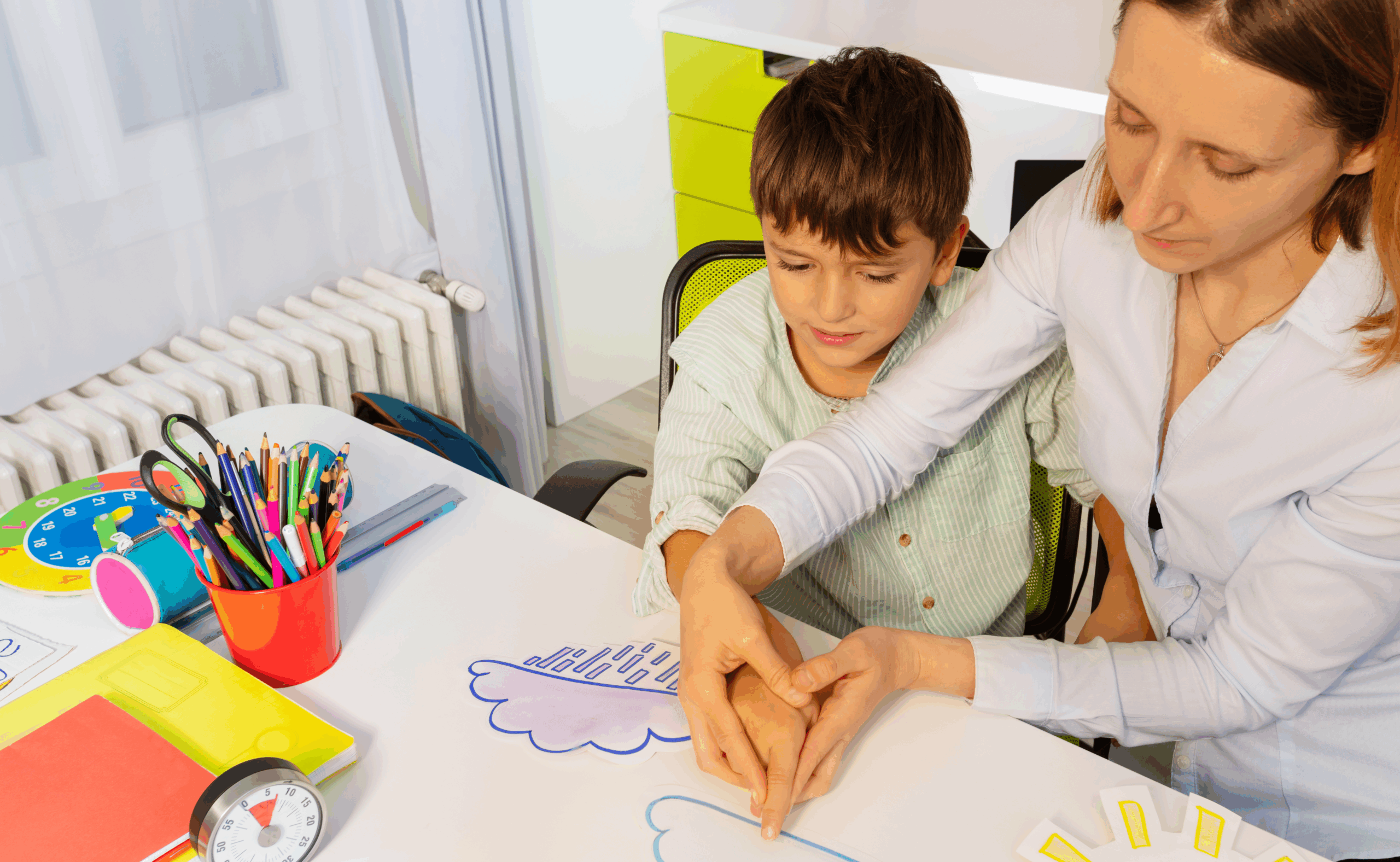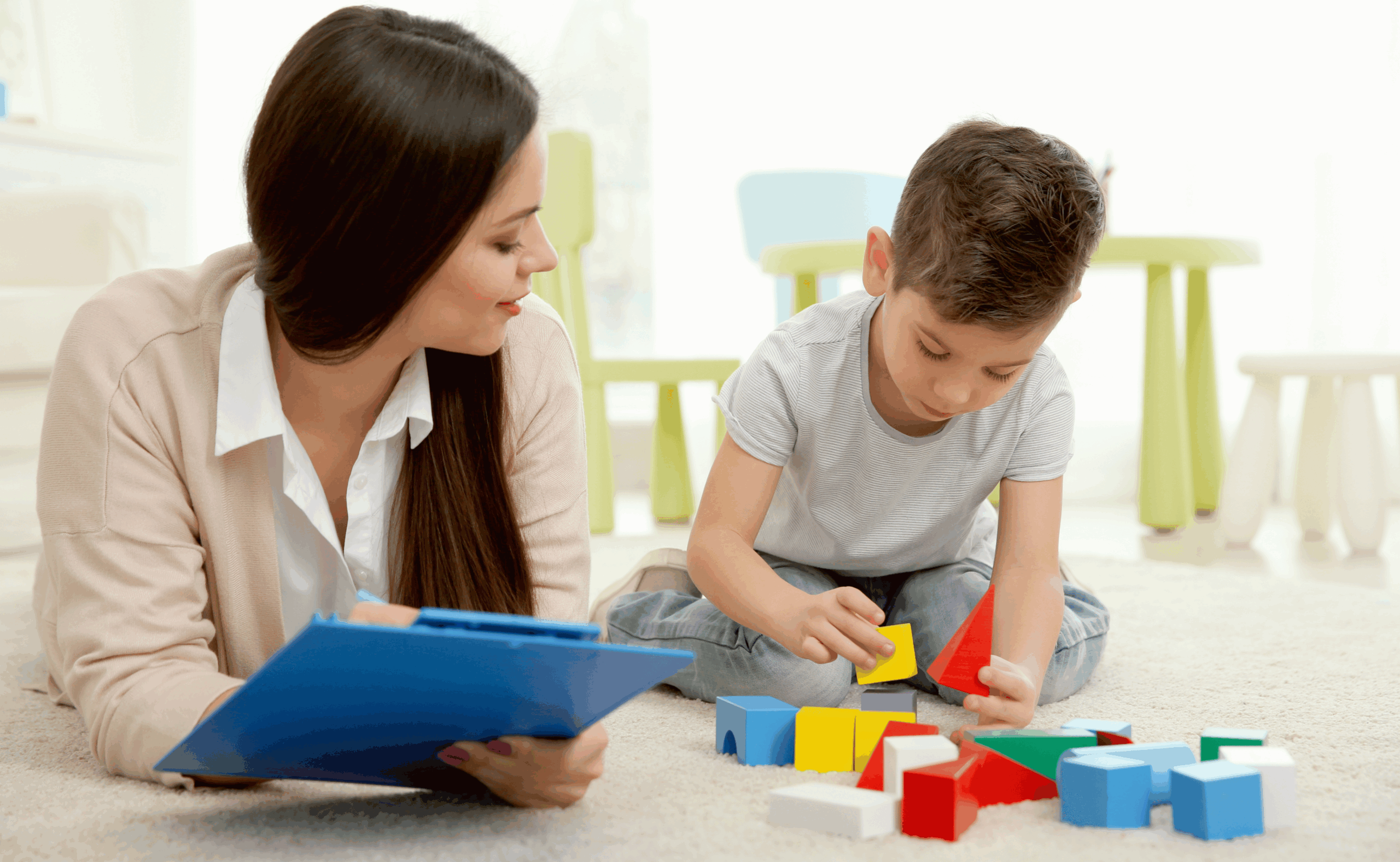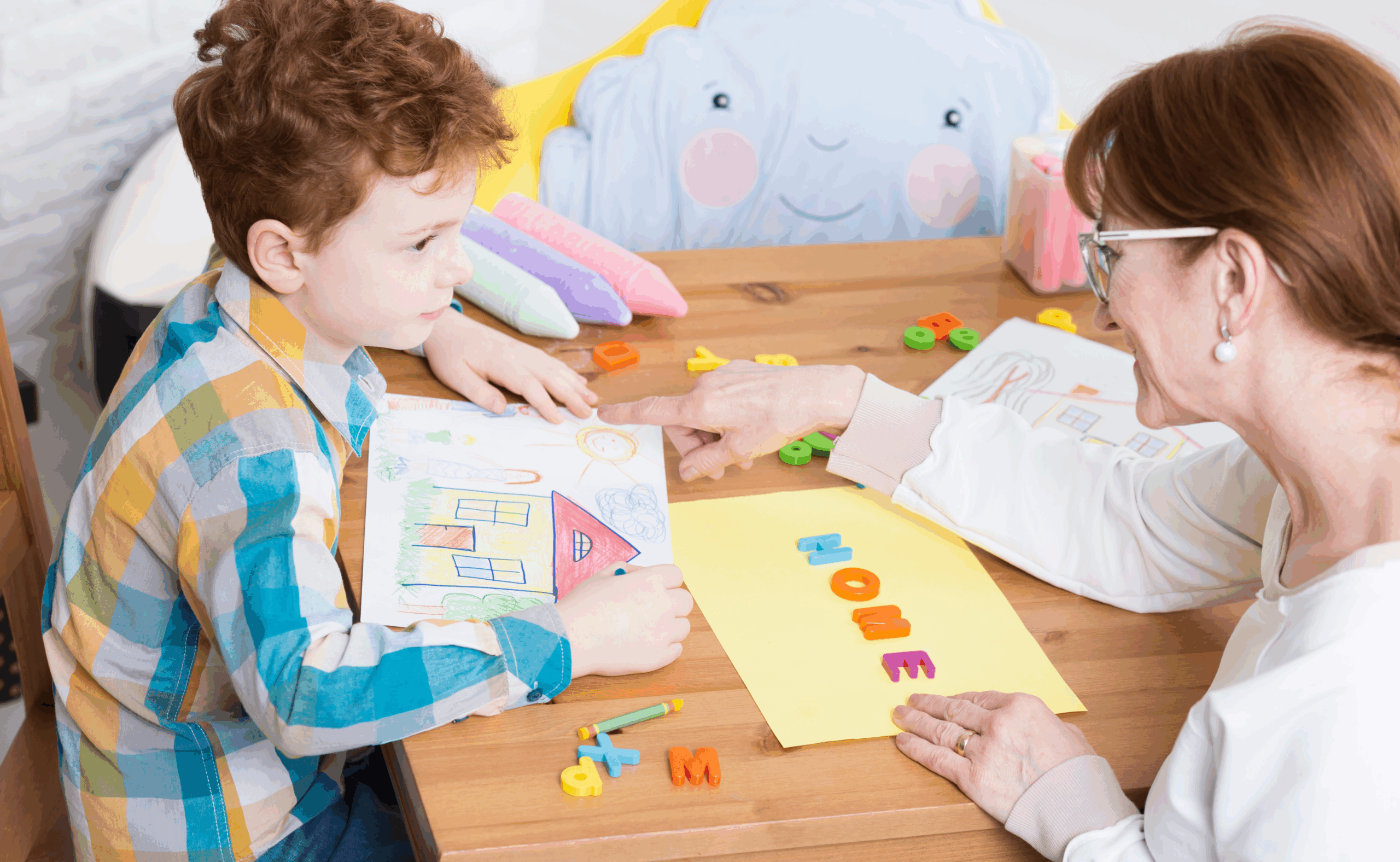Kindergarten is a time of incredible growth and change. As your little one prepares to begin their academic journey, they’re also developing their sense of independence and exploring new ways to connect with the world around them.
That’s why it’s so important that they get the right kind of fuel for their bodies, minds, and spirits during this period. A big part of that is making sure your kids eat healthy snacks in addition to their regular meals. To help you plan your menu, this list is packed with healthy snacks and drink ideas perfect for recess, after school, during road trips, and at home.
We’re also sharing how to pick healthy, store-bought snacks that are both convenient and good for your little ones, plus tips on helping them develop positive eating habits.
Takeaways
- Healthy snacks for kids should contain whole foods in a variety of textures and flavors.
- You can find pre-packaged, nutritious snacks if you know what to look for.
- A lifetime of healthy eating habits begins at home.
Easy, Homemade, Healthy Snack Ideas for Kids
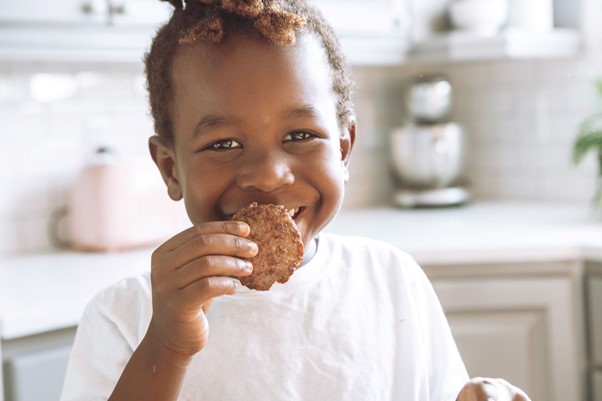
Get your kindergartener excited for snack time with these delicious and healthy recipes you can make at home! Mix and match these snack ideas to fit your child’s diet or use them as inspiration to create healthier versions of your kids’ favorite snacks.
All of the kid-friendly snack ideas on this list use fresh ingredients such as high-quality protein, fresh or dried fruit, raw veggies, and wholesome carbs.
Finally, all of these snack ideas are portable enough to fit in a bag or lunchbox (use an insulated bag for the frozen/cool snacks). They’re also easy for kindergarteners to eat without much help from grown-ups.
Let’s get started!
Fruit and Veggie Snack Ideas for Kids
- Watermelon “Pizza”: Top watermelon slices with yogurt “sauce” and assorted fruit toppings.
- Ants on a Log: Spread peanut butter on celery stalks; place raisins down the middle “log”.
- Fruit Kabobs: Skewer chunks of fruit on a stick to create a colorful—and portable—healthy snack.
- Snack Veggies & Dip: Enjoy baby carrots, zucchini spears, cherry tomatoes, broccoli florets, and cauliflower florets with a healthy dip like cottage cheese and honey or hummus. Great for recess and as an afternoon snack.
- Apple Peanut Butter Bites: Spread peanut butter between thin apple slices for a sweet and salty school snack. You can also sprinkle some mini chocolate chips on the PB.
- Mini Parfaits: Fill small glasses or jars with alternating layers of fresh fruit and low-fat yogurt for a healthy breakfast or mid-day snack.
- Berry Rainbow: Mix together raspberries, blueberries, strawberries, blackberries, and grapes for a colorful, quick snack.
Tiny Tasty Sandwiches and Wraps
- Peanut Butter and Jelly Rollups: Spread peanut butter on slices of whole grain bread, roll up and cut into bite-sized pieces. Add a little jelly for extra sweetness. A favorite snack for most kids, even picky eaters!
- Mini Ham and Cheese: Layer a small whole wheat or gluten free tortilla with thinly sliced ham and low-fat cheese. Roll up tightly and cut into bite-sized pieces. For extra protein, add hard boiled eggs.
- Fruit and Cheese Pinwheels: Spread cream cheese on whole wheat tortillas and top with sliced strawberries or blueberries for a sweet treat.
- Turkey Rollups: Spread cream cheese on slices of whole wheat bread, add a slice of turkey, a leaf of lettuce, roll up and cut into bite-sized pieces for small snacks.
- Pita Pizzas:To make these asy snacks, cut mini whole wheat pitas in half, spread with tomato sauce (add some herbs for extra flavor) and sprinkle with shredded cheese. Bake until it’s covered with melted cheese!
Good-For-Kids Frozen Treats
- Homemade popsicles: Pour natural fruit juice into popsicle molds and freeze overnight for a healthier alternative to sugary popsicles.
- Frozen grapes: Freeze sweet grapes until solid for a cool, crunchy, and refreshing frozen fruit snack.
- Frozen Banana Bites: Slice up ripe bananas into bite-sized pieces and dip them in melted chocolate or yogurt, then freeze for the perfect snack.
- Fruit and Yogurt Ice Pops: Blend plain Greek yogurt, fruits like frozen berries, and a touch of honey, pour into ice pop molds. Freeze until solid.
- Banana Ice Cream: You can make banana ice cream by blending frozen bananas in a food processor with milk until smooth. You can make this healthy snack using other fruits, too!
- Healthy Ice Cream Sandwiches: Mold your homemade ice cream, freeze, then place between graham crackers.
- Frozen Yogurt Dots: Make frozen yogurt dots by spooning yogurt into each well of an ice cube tray and placing the tray in the freezer until the yogurt is frozen.
Crunchy Snack Ideas for Kindergarteners
- Trail mix: Combine you’re child’s favorite dried fruits with crunchy nuts and seeds like cashews and sunflower seeds. Add some mini chocolate chips to make this go to snack extra special.
- Apple Chips: Slice apples thinly and bake them in the oven with cinnamon until they’re super crispy. You can do this with other fruits like bananas, strawberries, and pears.
- Baked Veggie Chips: Thinly slice sweet potatoes or regular potatoes, arrange on baking sheet and bake until browned and crisp. Season lightly with salt.
- Kale Chips: Sprinkle kale with olive oil, salt and pepper, and bake in the oven until crispy.
- Popcorn: Homemade popcorn is a healthy, low-fat snack that can be flavored any number of ways. Try adding Parmesan cheese and garlic powder for a savory option or cinnamon and sugar for a sweet snack.
Healthy Drink Ideas for Kindergarteners
- Berry-infused water: Add some blueberries or strawberries to a glass of water and let them sit together in the refrigerator overnight for a flavor-packed refresher.
- Veggie juice: If your child doesn’t want to eat vegetables, try mixing them into their juice! Try carrots, cucumbers, and kale for a nutrient-rich treat.
- Chocolate milk: Blend milk with a splash of cocoa powder to flavor it up without too much added sugar.
- Smoothies: Blend fruit (fresh or frozen), juice, and yogurt for a fruit smoothie that feels like a treat.
- Coconut water: A great way to get electrolytes into your kid’s body to keep them hydrated.
- Lemonade: Mix together fresh lemon juice with water and honey until sweetened to taste.
How to Choose Healthy Packaged Snacks for Children
Homemade snacks are always the best for kids, but sometimes you just need a snack you can grab out of a bag.
While no one wants to sacrifice their child’s health, many “healthy” snacks marketed towards kids are nothing more than junk food.
So the next time you’re in the snack aisle at the store, keep these in mind:
- Choose packaged snacks with whole, unprocessed ingredients like whole grains, low-fat dairy, healthy fat, nuts, seeds, fruits and vegetables.
- Avoid snacks with high sodium content, added sugars of any kind (including syrups and evaporated cane juice), and hydrogenated oils (trans fats). There ingredients are extremely unhealthy for both children and adults.
- Portion size is important too. Look for snacks that are 100 calories or less per serving.
Now that you know what to look for, here are some ideas for your next shopping trip:
- Rice cakes (plain)
- Low fat cheese (cheese stick or cheese cubes)
- Whole grain crackers
- Applesauce cups
- Organic fruit leather
- Pre-packed baby carrots, apple slices, oranges, etc.
- Popcorn (preferably unsalted)
- Yogurt tubes or cups (preferably low-fat)
- Canned fruit snacks or cups (packed in water or natural fruit juice, not sugar syrup)
- Whole wheat pretzels and animal crackers
- Whole grain cereal
- Organic puffs
- Low-sodium beef jerky
- Nut butter packets
- Mini packs of unsalted nuts like almonds or cashews for healthy fats
- Raisin boxes
- All-natural granola snack bars (look for low-sugar varieties)
- High-fiber, low-sugar cookies (look for healthy grains like rolled oats)
8 Tips for Teaching Children About Healthy Eating
Teaching children about healthy eating can be a complicated process, but the rewards of doing so are well worth the effort.
These eight tips will help you lay a foundation for a lifetime of healthy choices and good habits:
1. Involve kids in planning, shopping and preparing meals.
When your child is part of meal planning, they feel more invested in the end result—and are more likely to try and enjoy new foods that they help prepare themselves.
Also, give your children age-appropriate tasks in the preparation of meals, such as washing vegetables or setting the table.
2. Model healthy eating yourself.
It’s hard for children to learn about healthy eating if you don’t eat healthily yourself. If you want your child to try new foods, eat them too!
If you want your child to stop eating junk food, stop buying it for the house—and set a good example by not snacking on it yourself.
3. Make food fun for kids with color, shapes, and textures.
Food should be a joyful experience for everyone, especially kids. That’s why making food colorful, fun, and exciting is so important for their development as eaters.
It doesn’t even have to be complicated – a little creativity can go a long way in the kitchen:
- Make food appealing by cutting veggies into fun shapes such as stars or butterflies—kids love “cute” foods!
- Add color to meals by using foods that come in different hues: red tomatoes, blueberries, and yellow corn help create beautiful meals that taste great too.
- And don’t forget to vary textures as well as colors and shapes: a dish with crunchy carrots, soft beans, and smooth hummus gives kids variety while they eat.
- You can also try serving food on colorful plates and cups and use different colored utensils to make mealtime even more fun.
Lastly, let your little Picasso lead the way! Encourage them to play with shapes and colors, make up stories while they’re eating, and take their time enjoying their food.
4. Encourage children to make their own healthy food choices.
Once your child is old enough to understand the concept of making healthy choices for oneself (usually around age 2 or 3), let them choose which foods they would like as long as it’s between two healthy options.
For instance, you can ask if they’d like an apple or orange after dinner instead of just giving them one or the other.
You will be teaching them how to make the right decision while still allowing them some control over what they eat.
5. Never label food “good” or “bad.”
It may seem harmless, but when you call something “bad,” it can inadvertently create negative associations with food in your child’s mind.
This can lead to unhealthy food habits in the future, such as emotional eating or guilt overindulging in certain foods.
6. Teach your child to read labels on food packages.
This is one of the most important things you can do to help your child understand which foods are healthier than others.
Teach them how to check the serving size, calories per serving, fat content, sugar content, and sodium levels, and explain why these things matter. You’ll be amazed at how quickly they pick it up!
7. Turn meals into bonding moments.
As much as possible, try to eat together as a family at the dinner table. Mealtimes aren’t just an opportunity to nourish the body. It’s also a fantastic way to spend time together, make new memories, and strengthen the connection between you and your kids.
8. Don’t use food to reward or punish children.
It can be tempting to give your kids candy when they’ve done something good, or threaten them with not having dessert if they misbehave.
This often sends the message that healthy foods like fruits and vegetables are boring and that unhealthy foods are fun and interesting.
Instead of using food as a reward or punishment, try rewarding them with stickers or other items that aren’t related to eating at all.
FAQs
Can I give my kindergartener a snack before class?
Yes, but be mindful that it is close enough to lunchtime that your child doesn’t fill up on snacks and then lose energy in the afternoon.
When should my kindergartner have a snack?
Aside from recess, a good time to make sure your child has a snack on hand is after they come home from school or before activities.
How many healthy snacks a day does a kindergartener need?
Typically, one snack between breakfast and lunch and one snack between lunch and dinner is enough for a kindergartener.
However, this may vary from child to child. If your kindergartner is very active, they may need more than two snacks per day.
How can I keep fruits and vegetables fresh for school snacks?
The easiest way to do this is to use air-tight, insulated containers with a cold pack. This will slow down the ripening process and ensure that the snacks are as fresh as possible by the time your child eats them.
What should my kindergartener drink?
Your kindergartener should drink water, milk, and occasionally, fruit juice. Avoid sugary drinks like soda and sports drinks.
Is it OK to give my kids fruit juice?
Yes, but keep in mind that fruits naturally contain high amounts of sugar. That’s why the American Academy of Pediatrics recommend that children drink no more than 4 ounces (or half a cup) of fruit juice per day.
Make sure to give them all-natural fruit juice, not artificially-flavored ones. You can also try diluting their juice with water so they can enjoy the flavor without consuming tons of sugar.
Wrapping It Up
Feel free to bookmark or print out this list so you never run out of easy snacks for your kindergartener! But before serving them these little bites, we do recommend consulting with your pediatrician to check their food allergies and other dietary requirements. Enjoy and good luck on you and your little one’s your food journey!

